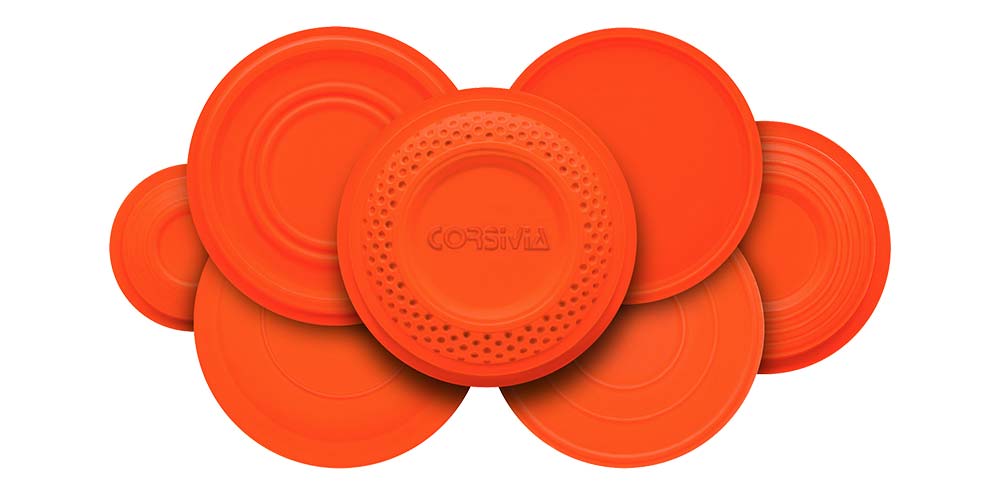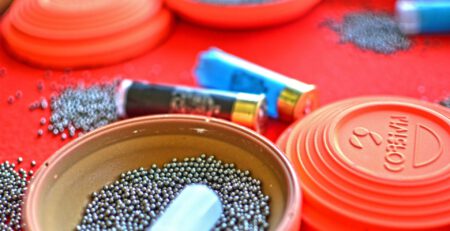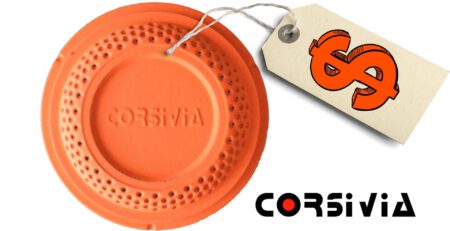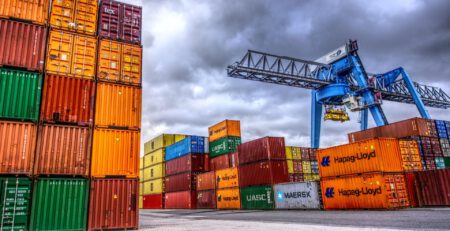Ecological clay targets
There is a growing trend to give special importance to ecological and environmentally friendly behaviour in all areas of our life. Words like “eco”, “bio”, “recycling” or “sustainable” have become part of our daily lives.
“Green” draws the consumer in!
Although, on many occasions consumers are not all that aware of the implications and/or responsibilities that they should expect from manufactures when they include this type of vocabulary to describe the features of their products.
Ecological clay targets versus legislation
Clay target shooting is no exception. This philosophy has also crept into our beloved sport. From ecological cartridges to tarpaulins to collect lead shot, “eco” is here to stay in our sector.
However, there is no clear European legislation that allows us to differentiate between an ecological clay target and another that is not.
This has led to some manufacturers, with the approval of sporting bodies, marketing self-described “ecological” products when, in reality, they include raw materials that are dubiously ecological.
Pitches replaced by hydrocarbon resins is just one of the many examples manufacturers “rely on” to call their products “ecological”.
CORSIVIA CLAY TARGETS, THE ONLY ONES THAT ARE ECO-CERTIFIED
In contrast, Corsivia, the leading national producer of clay targets for competition in all their varieties, colours and sizes, has managed to create its own blue ocean* making it the only eco-certified company in the sector.
The manufacture of its Green Dream target, made of raw materials of 100% natural origin, has led to Corsivia obtaining the ISO 14021 certification, thereby guaranteeing the buyer an environmentally friendly and responsible product.
But Corsivia’s commitment to the environment does not just lie in the use of the ISO 14021 ecolabel for its Green Dream product, but, in addition, it is also aiming to become a 100% ecological company by implementing a virtuous circle (with a permanent feedback loop) which would also involve its customers and suppliers.
With this innovative move and its business model, Corsivia has become the world leader in the sector, with special emphasis on the natural products section.
* Blue Ocean Strategy is a theory created by W. Chan Kim and Renée Mauborgne, both professors at INSEAD.
The blue ocean is defined as the space belonging to the market that has not yet been used or exploited and which, consequently, will generate an opportunity for profitable growth, which has many more advantages.














